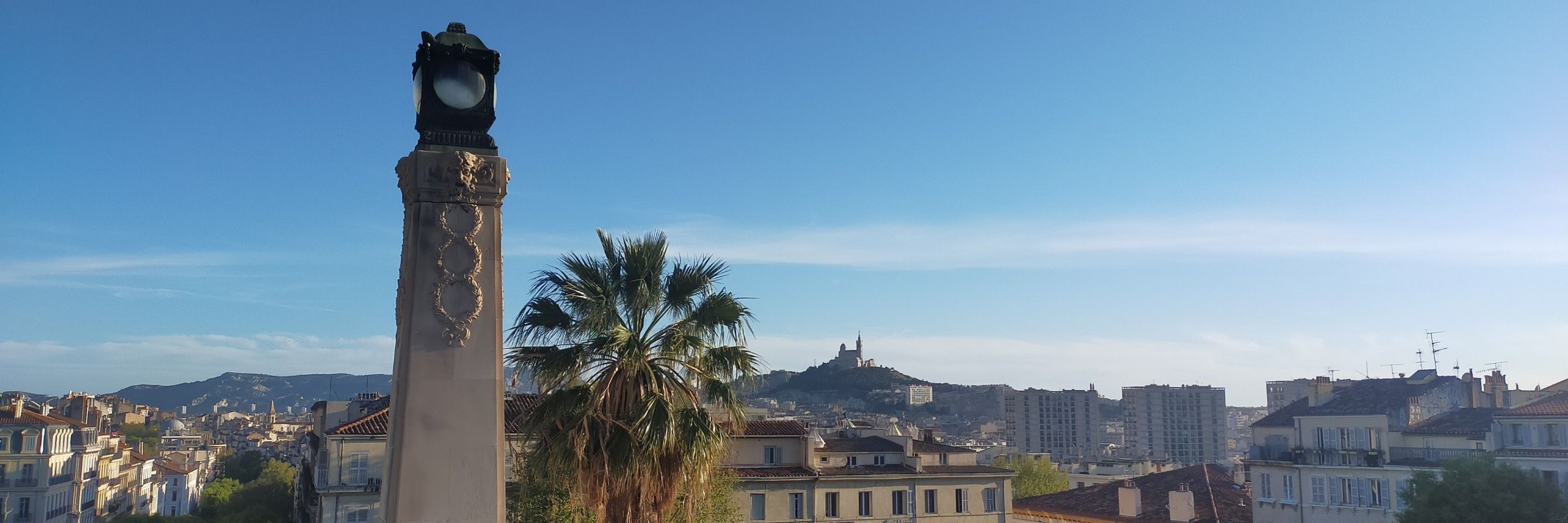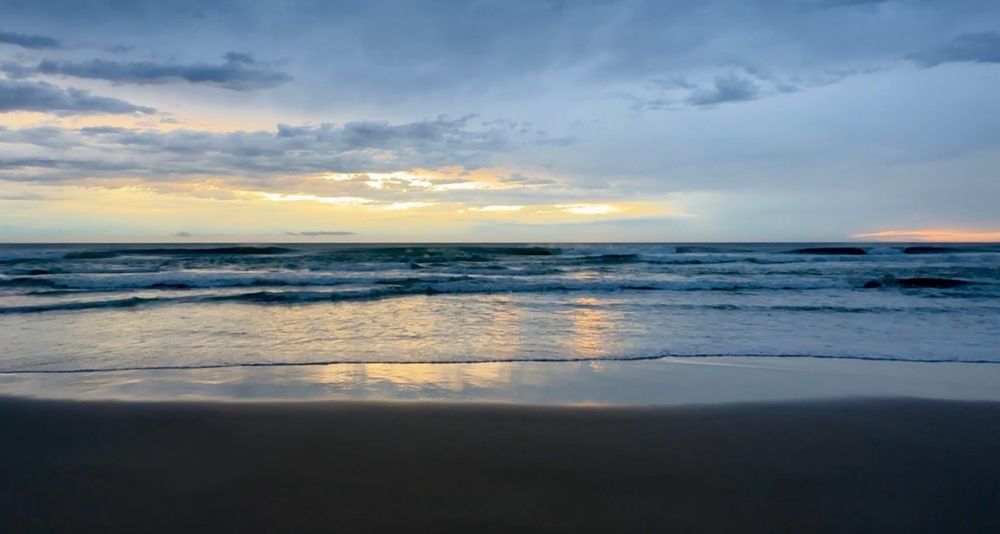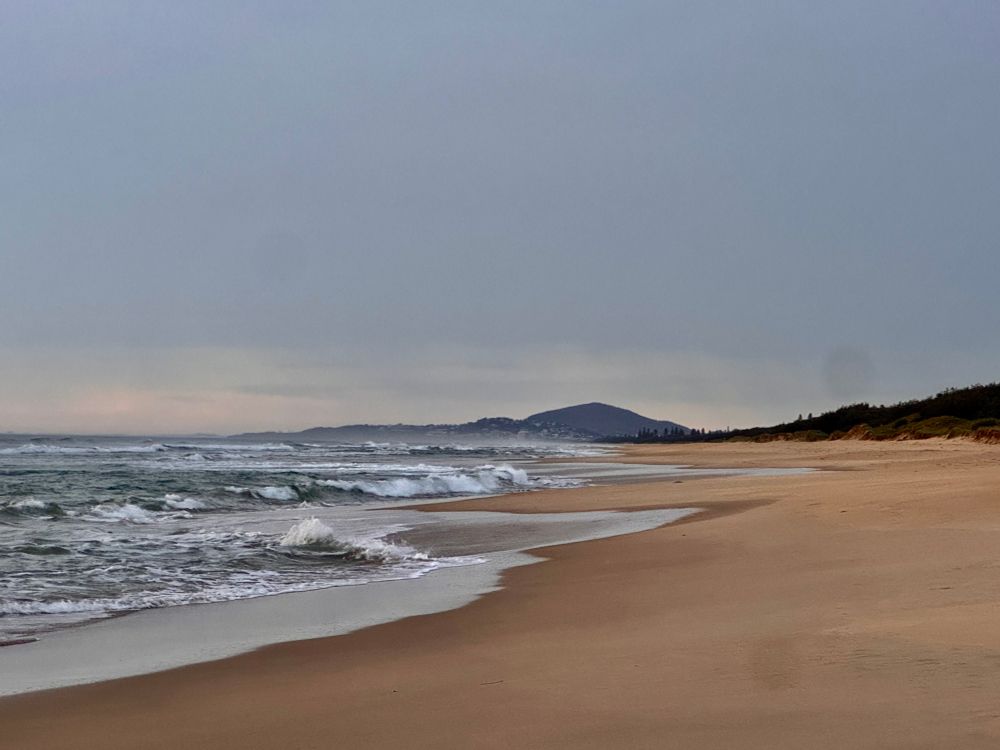
Using biomarkers to study climate, ocean, and environment of the past.
@icta-uab.bsky.social alumna.
ORCID: https://orcid.org/0000-0002-3047-6064
🇫🇷 -> 🇪🇸 -> 🇫🇷

Trained as a geologist, I do paleo-reconstructions using molecular fossils, aka biomarkers.
My favorite biomarkers are archaeal and bacterial membrane-spanning lipids—glycerol dialkyl glycerol tetraethers, GDGTs.
A 🧵 of 🧵 on my five most significant papers in chronological order: 👇🏻
(1/7)
Same for Barents, Baffin, Hudson, and Svalbard regions.
Second-lowest globally.
🌊❄️🥼🧪📉

Same for Barents, Baffin, Hudson, and Svalbard regions.
Second-lowest globally.
🌊❄️🥼🧪📉
doi.org/10.1038/d415...
doi.org/10.1038/d415...

"The care of nature is not the exclusive domain of environmental scientists; it belongs to society as a whol & there are contributions not only from the Western perspective but from other cultures”
www.uab.cat/web/sala-de-...

"The care of nature is not the exclusive domain of environmental scientists; it belongs to society as a whol & there are contributions not only from the Western perspective but from other cultures”
www.uab.cat/web/sala-de-...
www.beyondepica.eu/en/campaigns...
www.beyondepica.eu/en/campaigns...
"The camera's light reflected off the myriad of fine ice particulates suspended in the fluid, causing flashes of light and colour that danced and reformed, giving the impression of travelling through a cosmic kaleidoscope"
in other words...
youtu.be/ozhR9fxe1oU?...

"The camera's light reflected off the myriad of fine ice particulates suspended in the fluid, causing flashes of light and colour that danced and reformed, giving the impression of travelling through a cosmic kaleidoscope"
in other words...
youtu.be/ozhR9fxe1oU?...
Discover the programme and register now 👉 t.co/SBat1iYccr
#OneHealth
@scienceinnovation.ec.europa.eu @ecdc.europa.eu @efsa.europa.eu

www.insu.cnrs.fr/fr/datation-...

www.insu.cnrs.fr/fr/datation-...
Envie d'en savoir plus sur la datation des roches et des fossiles pour vos cours de #Terminale ?
Le CNRS vous propose un webinaire avec le paléontologue Abder El Albani le 03/12 à 18h
Déjà plus de 300 inscrits !
ℹ️ Infos et inscriptions
anneedesgeosciences.cnrs.fr/evenement/we...

Envie d'en savoir plus sur la datation des roches et des fossiles pour vos cours de #Terminale ?
Le CNRS vous propose un webinaire avec le paléontologue Abder El Albani le 03/12 à 18h
Déjà plus de 300 inscrits !
ℹ️ Infos et inscriptions
anneedesgeosciences.cnrs.fr/evenement/we...
What if you wrote code like a surgeon instead — small, precise, deliberate changes that actually fix the problem?
That’s the mindset behind “Code like a surgeon”. 🧵⬇️

What if you wrote code like a surgeon instead — small, precise, deliberate changes that actually fix the problem?
That’s the mindset behind “Code like a surgeon”. 🧵⬇️

Link: os.copernicus.org/articles/21/...

Link: os.copernicus.org/articles/21/...
A glimpse into the base of the foodwebs in a future oligotrophic/warm ocean. 🧪🌊
Link: www.sciencedirect.com/science/arti...

A glimpse into the base of the foodwebs in a future oligotrophic/warm ocean. 🧪🌊
Link: www.sciencedirect.com/science/arti...
A Shakespearean take on the excesses seen in certain geochemical species in the ocean ...
agupubs.onlinelibrary.wiley.com/doi/full/10....

A Shakespearean take on the excesses seen in certain geochemical species in the ocean ...
agupubs.onlinelibrary.wiley.com/doi/full/10....
www.forbes.com/sites/marsha...

www.forbes.com/sites/marsha...
Deadline January 23rd 2026 - lnkd.in/etiWvk2z
If you are a researcher/science communicator interested in contributing to understanding an enigma in the early Miocene Earth system then please consider applying this expedition!


www.nature.com/articles/s41...

www.nature.com/articles/s41...
Further reading: aslopubs.onlinelibrary.wiley.com/doi/10.1002/...

Further reading: aslopubs.onlinelibrary.wiley.com/doi/10.1002/...
Enjoy your 10 minutes of #OceanDevotion peace & calm here: youtu.be/BmD0R3IpOLE?...




Enjoy your 10 minutes of #OceanDevotion peace & calm here: youtu.be/BmD0R3IpOLE?...
🧪⚒️
🧪⚒️
[For more information: doi.org/10.25923/9z9.... Data from NOAA OISSTv2.1]

[For more information: doi.org/10.25923/9z9.... Data from NOAA OISSTv2.1]

👉 www.cnrs.fr/fr/presse/le...

👉 www.cnrs.fr/fr/presse/le...

